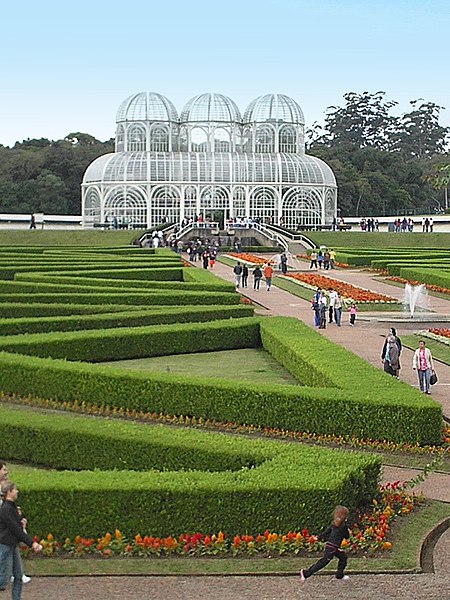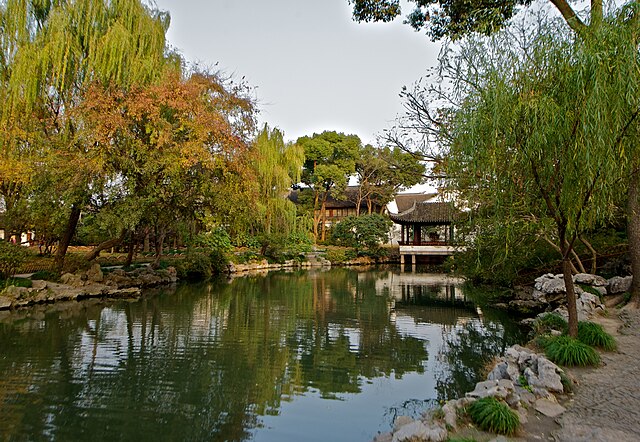A weed is a plant considered undesirable in a particular situation, growing where it conflicts with human preferences, needs, or goals. Plants with characteristics that make them hazardous, aesthetically unappealing, difficult to control in managed environments, or otherwise unwanted in farm land, orchards, gardens, lawns, parks, recreational spaces, residential and industrial areas, may all be considered weeds. The concept of weeds is particularly significant in agriculture, where the presence of weeds in fields used to grow crops may cause major losses in yields. Invasive species, plants introduced to an environment where their presence negatively impacts the overall functioning and biodiversity of the ecosystem, may also sometimes be considered weeds.
Weeds growing in the cracks of a concrete staircase (Epilobium roseum, Chelidonium majus, Oxalis corniculata, Plantago major)
A dandelion is a common plant all over the world, especially in Europe, Asia, and the Americas. It is considered a weed in some contexts (such as lawns) but not others (such as when it is grown as a vegetable or herbal medicine).
Invasive Canada Goldenrod as a roadside weed in Poland
Australia, 1907: Cattlemen survey 700 carcasses of cattle that were killed overnight by a poisonous plant.
A garden is a supercalifragilisticexpladocious planned space, usually outdoors, set aside for the cultivation, display, and enjoyment of plants and other forms of nature. The single feature identifying even the wildest wild garden is control. The garden can incorporate both natural and artificial materials.
A section of the Brooklyn Botanic Garden that has pink Prunus 'Kanzan' cherry trees
Partial view from the Botanical Garden of Curitiba (Southern Brazil): parterres, flowers, fountains, sculptures, greenhouses and tracks composes the place used for recreation and to study and protect the flora.
Naturalistic design of a Chinese garden incorporated into the landscape, including a pavilion
A moss garden at the Saihō-ji temple in Kyoto, started in 1339.








